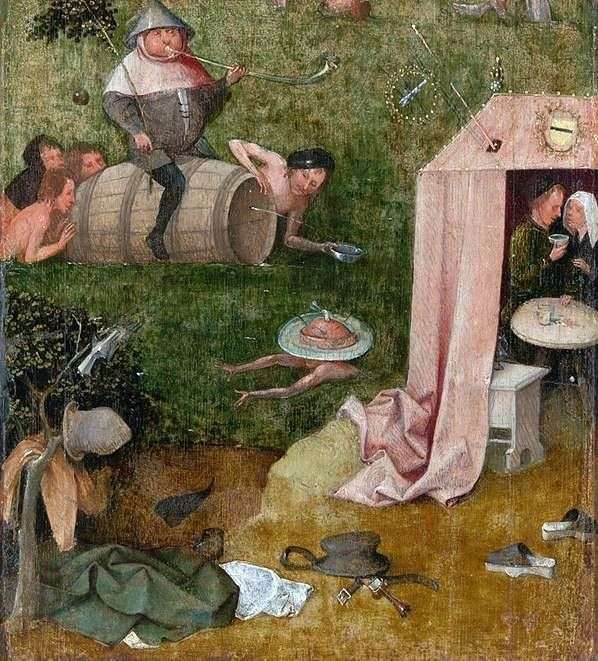
The picture “Allegory of gluttony and lasciviousness” or otherwise “Allegory of gluttony and lust” written in the mature period of the artist’s work is not accidental. Apparently, Bosch considered these sins one of the most disgusting and inherent to monks in the first place. At the same time, the famous “Ship of Fools” was written, also exposing the clergy.
For contemporaries of Bosch, his paintings had much more meaning than for the modern spectator. The medieval man needed explanations for the plots from a variety of symbols, which abound in Bosch’s paintings. The meaning of many symbols is already irretrievably lost, the symbols changed their meaning depending on the context, they were interpreted differently in different sources – from mystical treatises to practical magic, from folklore to ritual representations.
The painting is kept in the Yale University Art Gallery and is perceived as a fragment of a large thematic ensemble, perhaps the triptych “Seven Deadly Sins.” Gluttony is embodied in the images of bathers gathered around a large wine barrel, on top of which sits a pot-bellied peasant. Holding a dish with a meat pie on my head and not seeing anything because of this, another character swims to the shore.
On the right in the tent sit lovers. They drink wine. “Sine Cerere et Libero friget Venus” – this verse of Terence was well known in the Middle Ages; preachers and the authors of moral teachings indefatigably inspired their flock that “invertebrates and drunkenness are the mother of fornication”.
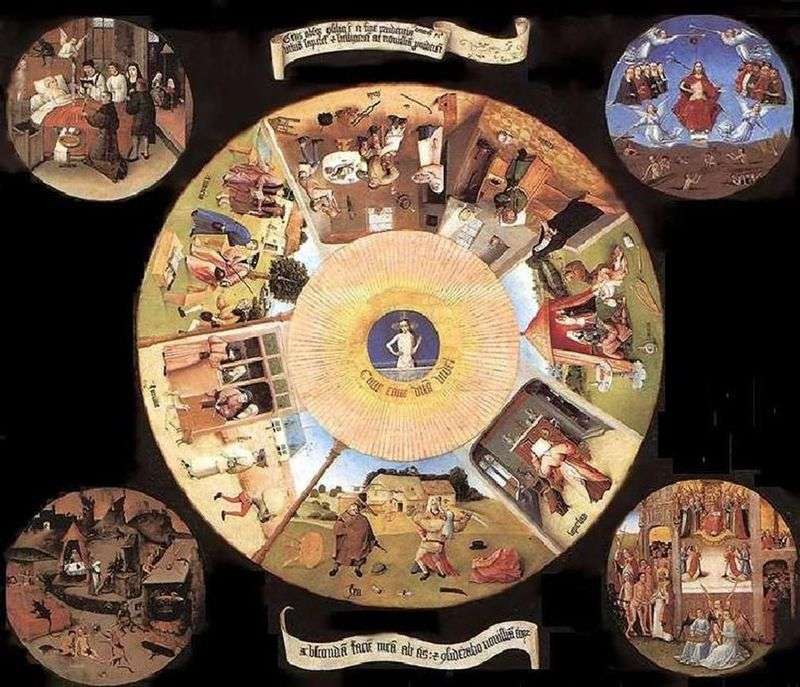 Seven deadly sins and the last four things by Hieronymus Bosch
Seven deadly sins and the last four things by Hieronymus Bosch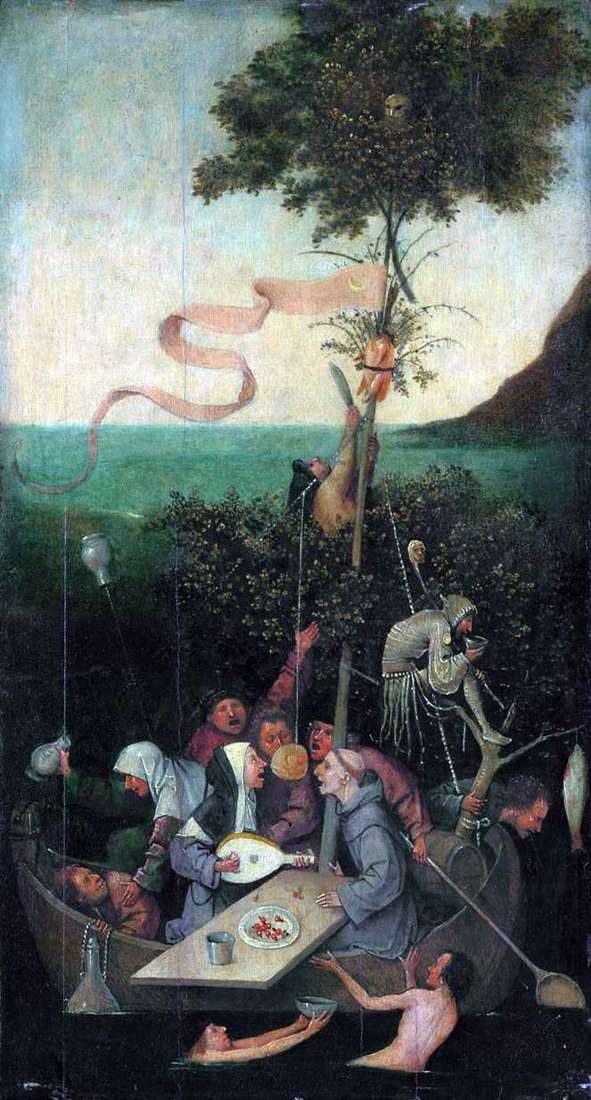 Ship of Fools by Hieronymus Bosch
Ship of Fools by Hieronymus Bosch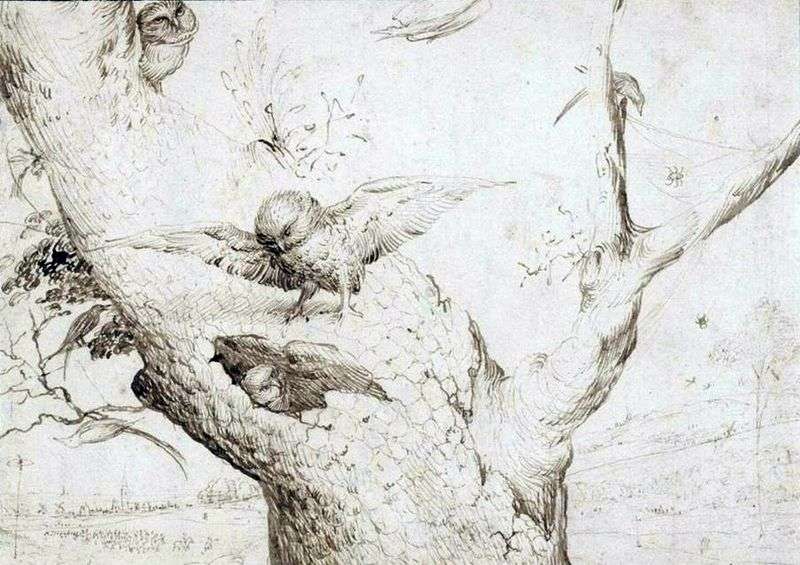 Nest of owls by Hieronymus Bosch
Nest of owls by Hieronymus Bosch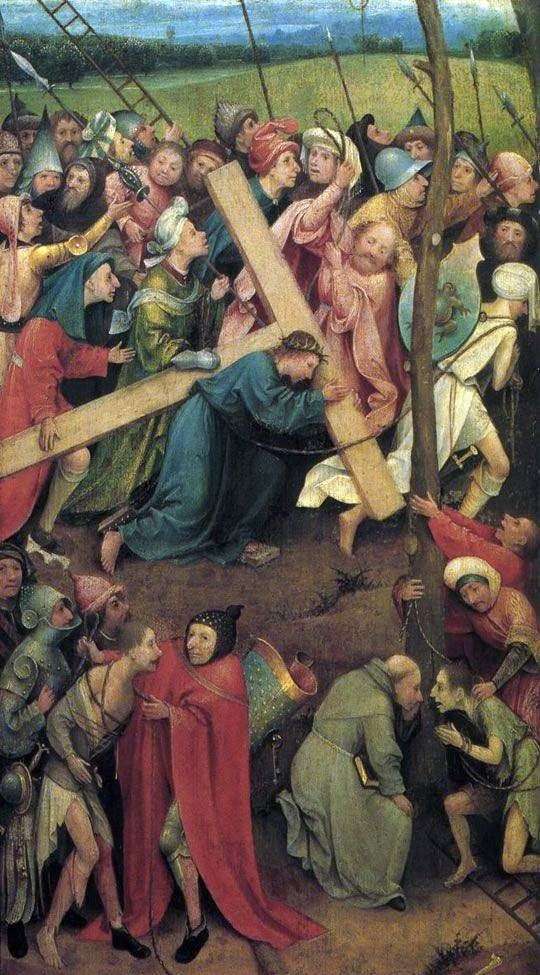 Carrying the Cross on Calvary by Hieronymus Bosch
Carrying the Cross on Calvary by Hieronymus Bosch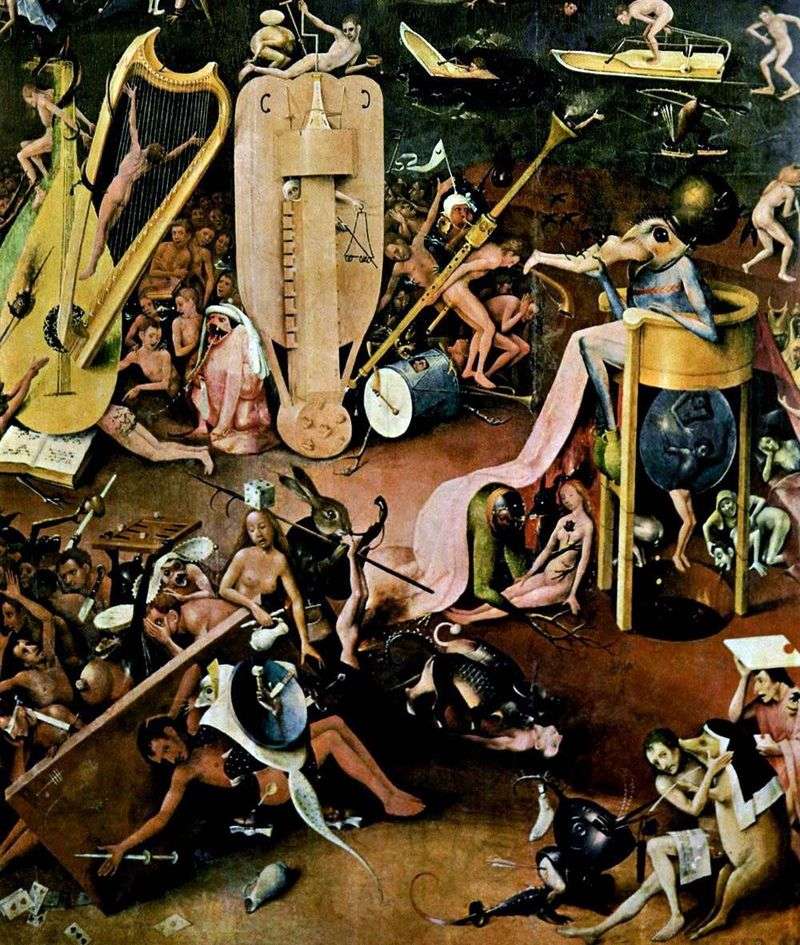 Hell. Detail of the triptych Garden of earthly pleasures by Hieronymus Bosch
Hell. Detail of the triptych Garden of earthly pleasures by Hieronymus Bosch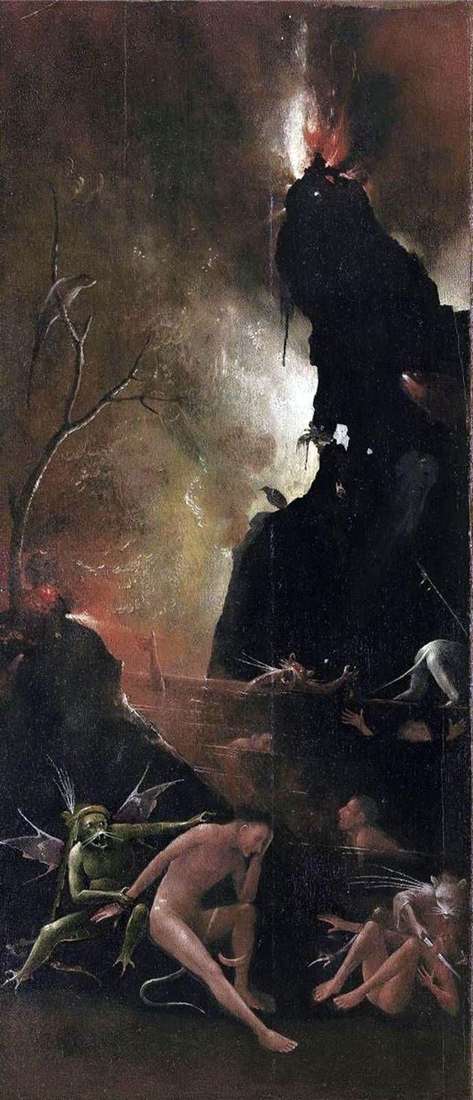 Hell’s River, Visions of the Hereafter by Hieronymus Bosch
Hell’s River, Visions of the Hereafter by Hieronymus Bosch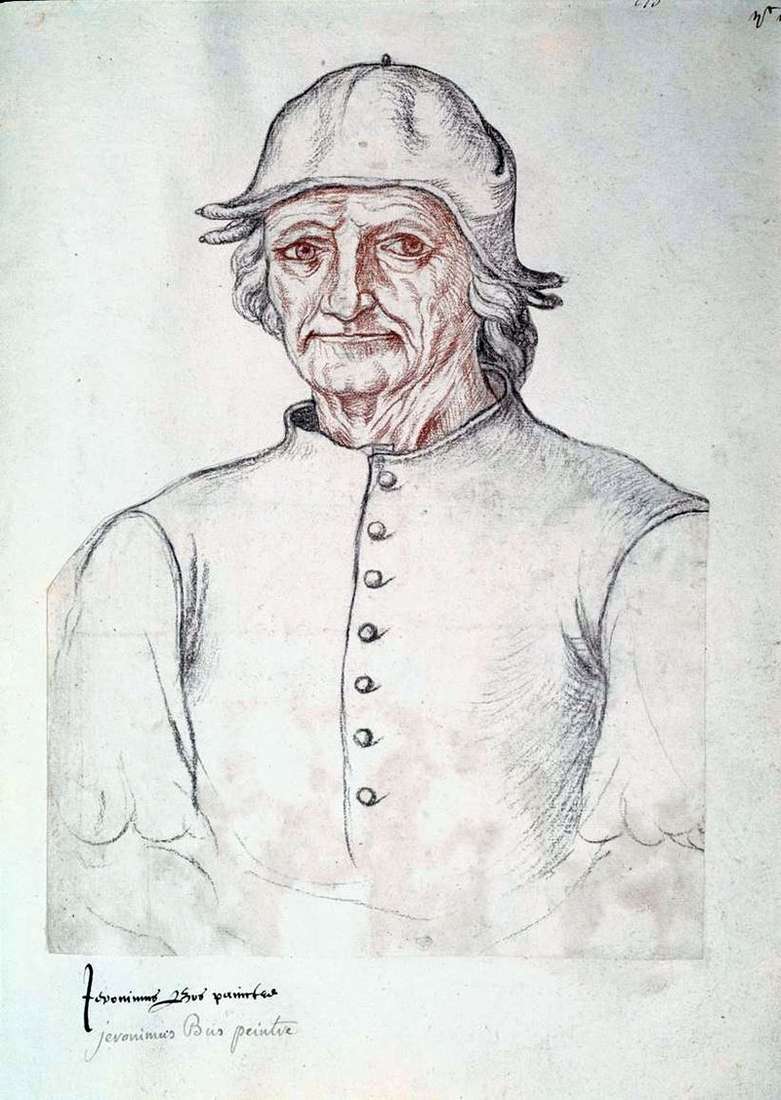 Self-portrait by Hieronymus Bosch
Self-portrait by Hieronymus Bosch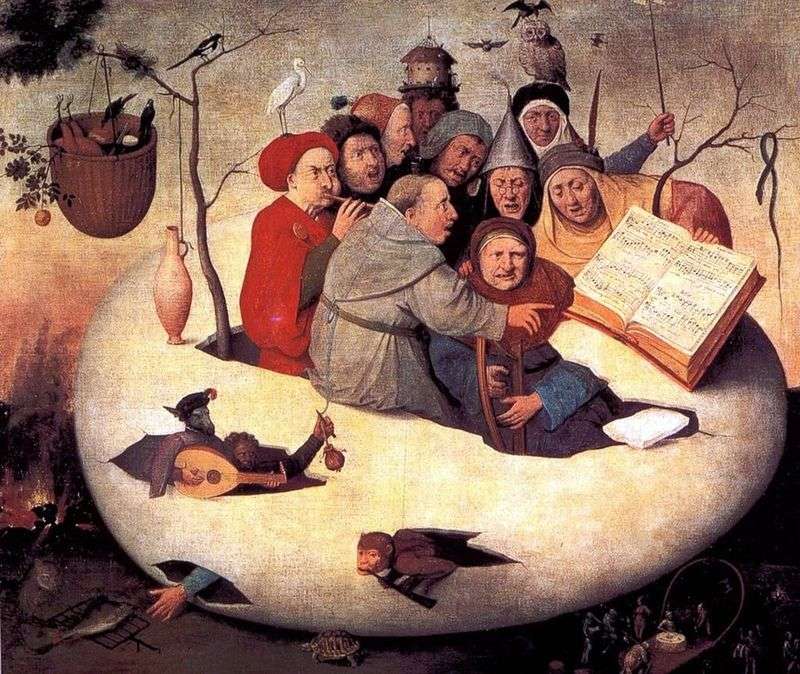 Concert in the egg by Hieronymus Bosch
Concert in the egg by Hieronymus Bosch